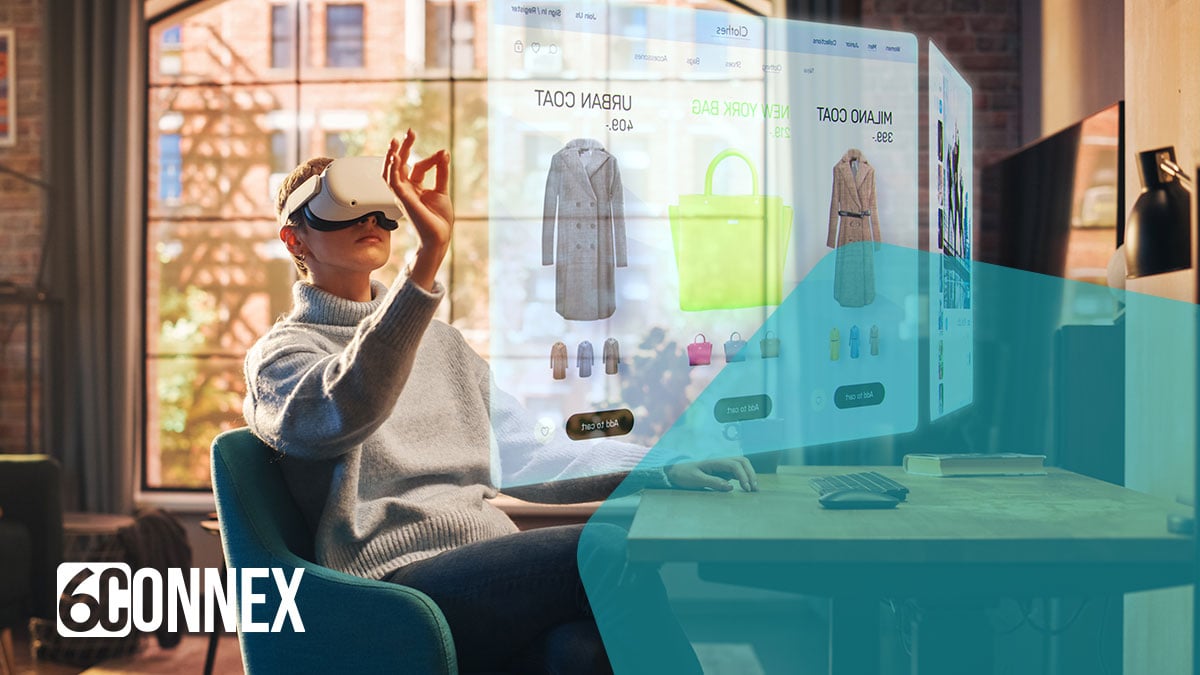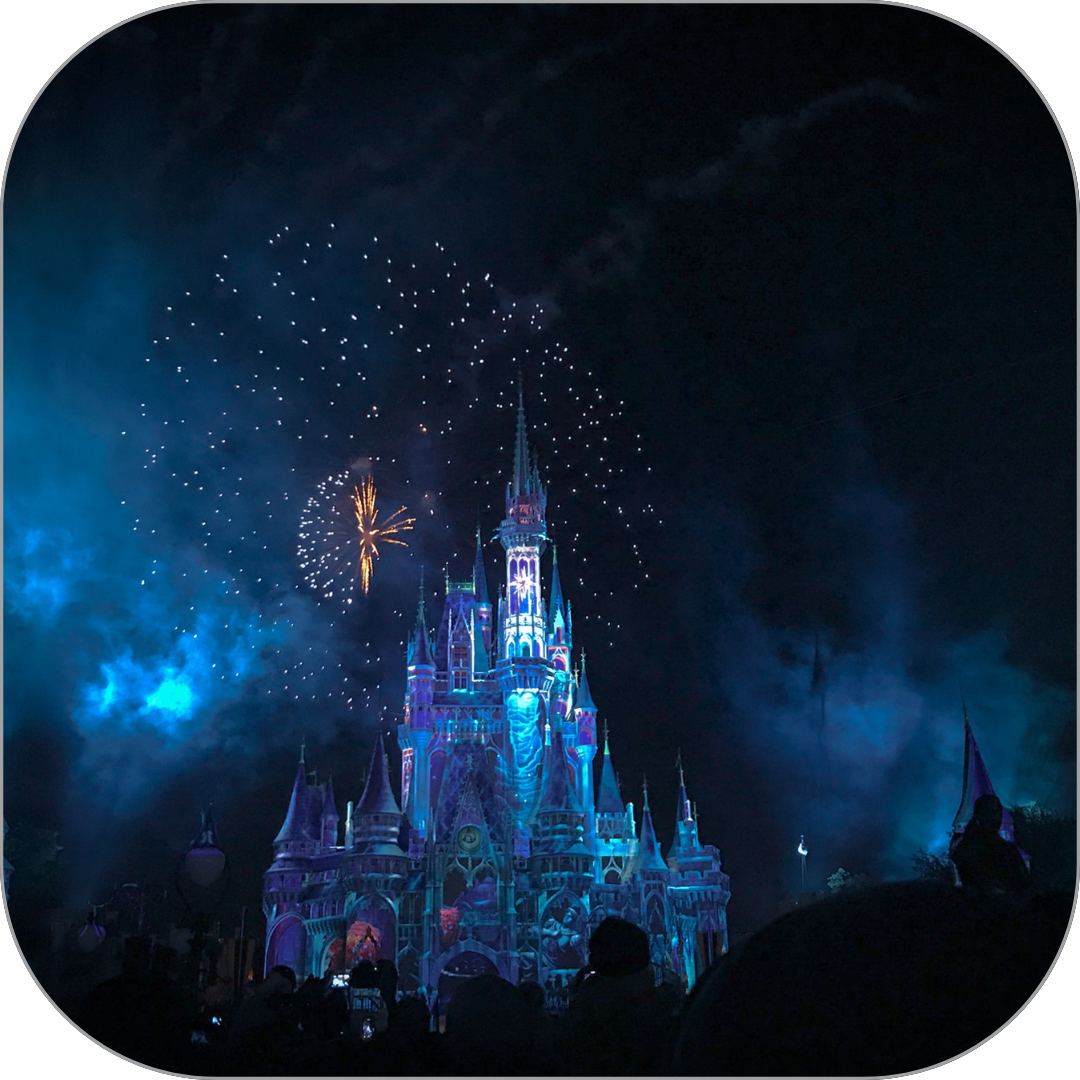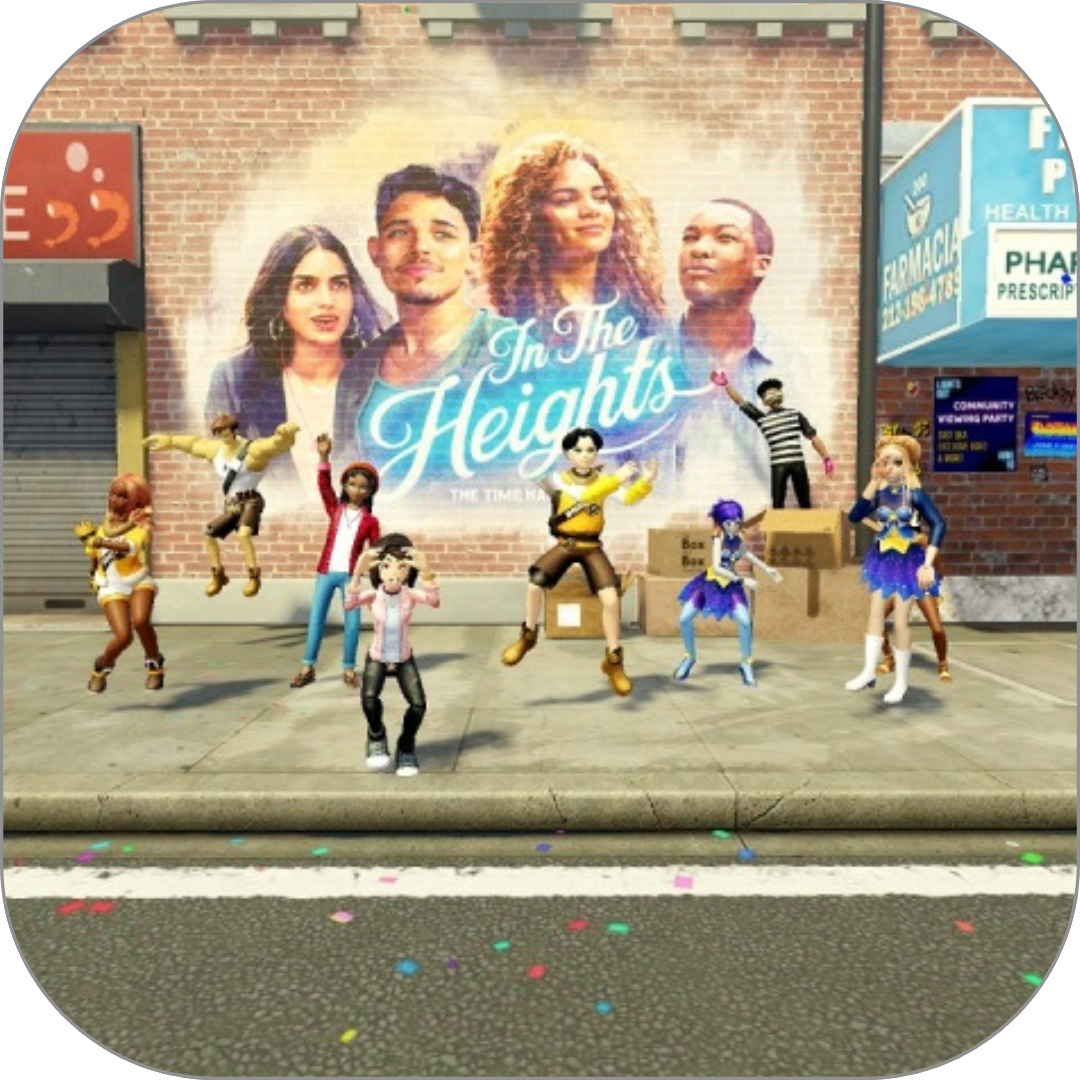Marketing in the Metaverse: How it Will Change the Customer Buying Journey
Meg Green
Dec 19, 2024 11:00:00 AM

The metaverse can potentially change how we do business in the future, including marketing. So, let’s take a look at the metaverse and explore how the metaverse is redefining the customer buying journey, complete with some examples of successful marketing strategies.
Let’s get started.
The metaverse allows companies to market to customers, especially the highly sought-after Gen Z and millennial demographics, in innovative and immersive ways. Companies such as Microsoft, Coca-Cola, Apple, and Nike are testing the metaverse waters, so to speak, and Bloomberg predicts the metaverse may be an $800 billion market. Soon, not having a marketing presence in the metaverse will be the equivalent of not having a website for your business.

The metaverse is revolutionizing the customer buying journey by creating immersive, interactive, and personalized experiences beyond traditional digital or physical touchpoints. Here's how it is redefining the customer journey across key stages:
In the metaverse, brands can create engaging, 3D environments that capture attention. For example:
By blending entertainment and education, the metaverse fosters brand awareness in an experiential context, which makes it easier to leave a lasting impression.
The metaverse lets customers dive deeper into a product or service:
By providing realistic simulations and direct means of engagement, the metaverse closes the gap between interest and intent.
Purchasing decisions are made simpler and more enjoyable in the metaverse:
Retaining customers becomes more dynamic with metaverse-enabled loyalty programs:
The more satisfied the customers, the more they are likely to advocate for brands when they can share their experiences in the metaverse:
The metaverse redefines the customer buying journey by giving consumers new ways to interact with their favorite brands. With the help of virtual and augmented reality, organizations can create a custom, “always on” world that represents their brand, reflects their value propositions, and enables consumers to create user-generated content and interact with peers.
Marketing is already on its way to a more consumer-led experience. According to McKinsey, over the last five years, there has been a 50% increase in influencer marketing on platforms such as YouTube and Instagram. This trend is a good omen for metaverse marketing, where a significant percentage of brand experiences will likely come from “user-creators.”
Importantly, consumers can also conduct transactions in the metaverse. Consider that omnichannel commerce is already commonplace for most consumers with payment credentials embedded in their devices and apps. McKinsey further reports that the virtual goods economy now accounts for 40% of the global gaming revenues generated by a billion gamers worldwide, and companies like Domino’s have been quick to embrace the trend, testing virtual-to-physical and physical-to-virtual transaction models, such as ordering pizza in their virtual world for delivery in the real one.
Here are some examples of how the metaverse redefines the customer buying journey.
Retail customers can “try before they buy” in the metaverse. With 3D technology, consumers can visualize and interact with products such as clothes, furniture, accessories, and more to see if they will meet their needs. And in a boon for retailers: data suggests the engaging nature of virtual stores in the metaverse causes users to shop for longer and purchase more. For example, in the virtual world of "Second Life," retailers such as H&M, American Apparel, and Diesel have created virtual stores where customers can try on clothes and interact with products.
When you have a virtual store in the metaverse, you can display how many “likes” any given product or service receives, influencing other consumers’ purchasing decisions. In the virtual world of "Decentraland," users can buy virtual real estate and create their own virtual stores, which they can promote through social media. Influencers in the metaverse can also promote products and services to their followers, much like they do on traditional social media platforms.
In the metaverse, you can create packaging that doesn’t match the physical item. Virtual packaging doesn’t have to comply with the regulations that physical packaging does. So there’s no limit to how a product can be displayed or how a consumer can interact with the product. In the metaverse, packaging design is only limited by imagination, and therefore it suddenly becomes easier to communicate the difference between one white t-shirt and another. For example, Coca-Cola created a virtual vending machine. Instead of vending cans of coke, this vending machine dispenses digital collectibles that change throughout the year.
In e-commerce, many customers abandon their carts at the point of sale. In the metaverse, however, you can engage with your customers at the point of sale with “try before you buy,” virtual dressing rooms, and other interactive retail experiences to keep them engaged. For example, companies like BMW have created virtual experiences where customers can explore and interact with their latest car models. This allows customers to make more informed decisions and have a more engaging and personalized car buying experience.
Post-sale customer service in the metaverse can help build your brand, especially for consumers who prefer to minimize their interactions with customer service representatives. These virtual support centers include features such as avatars of customer service representatives, interactive tutorials, and the ability to troubleshoot technical issues in real time. This allows customers to get the help they need more efficiently and with a more personalized touch.
The metaverse offers new opportunities for marketers to use it as a customer engagement tool through many avenues. As consumer-led experiences and the virtual goods economy continue to grow, the metaverse will have a competitive edge.
Metaverse marketing is basically traditional marketing with a digital twist. And this new, immersive marketing format has unlimited marketing potential. Remember when the internet was new? Remember when social media platforms were new? The metaverse could be just as big, if not bigger, than both of these channels combined. In fact, the metaverse is actually called “Web 3.0” because it represents the third evolution of the World Wide Web.
Here are some of the key characteristics of marketing in the metaverse:
The metaverse allows companies to create a customized, virtual world that accurately represents their brand, meaning content marketing will no longer rely exclusively on text, videos, banner ads, etc. Instead, consumers can enter a brand’s metaverse, where they easily interact with it and immerse themselves in the virtual experience it offers. For example, a consumer can enter a virtual make-up counter and experience the colors and brand décor or collect “tokens” to claim a virtual reward or even a free sample in the physical world.
Let’s dive a little deeper into the possibilities of marketing in the metaverse.

There are many new marketing opportunities when it comes to the metaverse, many of which could replace traditional advertising campaigns once the metaverse becomes more mainstream.
Here are some benefits of metaverse marketing.
Metaverse marketing campaigns allow you to create real-life experiences in the metaverse that parallel what your brand is currently doing in the real world.
Let’s look at some examples of businesses already using the metaverse for marketing.
|
Meta (Facebook): Facebook has been rebranded to Meta. Meta connects people, businesses, and communities by helping them create metaverse experiences, which can be accessed using a virtual reality headset. |
 |
 |
Disney: Disney recently filed a patent for a “virtual-world simulator.” This will turn Disney’s theme parks into a 3D virtual world that is highly immersive and capable of providing individualized experiences without requiring visitors to wear an augmented reality device. |
|
Nike: Nike recently purchased RTFKT, a non-fungible token (NFT) studio that develops digital collectibles, including digital sneakers. Nike launched a campaign in which they sold authentic sneakers and paired them with virtual ones, netting $3.1 million. Nike also wants to sell Nike-branded virtual apparel and accessories, a low-cost way to add another income stream. |
|

Image credit: Roblox |
Warner Bros. Pictures: Warner Bros. hosted a virtual party on Roblox to promote one of their summer films, In the Heights. Using the metaverse, more people could attend their premier party without extraneous effort. |
|
Gucci: Gucci Garden was developed as an immersive multimedia experience with Roblox to invite consumers to visit a multi-room virtual exhibit, complete with avatars as mannequins. |
Image credit: Roblox |
Are you beginning to see the power of the metaverse? These real-world examples of metaverse marketing demonstrate the potential for businesses to create immersive experiences that engage customers and generate revenue. As technology continues to evolve, it's clear that the metaverse has the potential to revolutionize the way businesses interact with customers and conduct commerce.
Metaverse marketing is similar to marketing in the early days of the Internet. It’s hard to know how much time, money, and resources your business should invest in a new technology that, at least at this point, doesn’t guarantee a return on your investment.
Other metaverse marketing challenges include:
Remember, these are just some of the metaverse marketing challenges, all of which will likely be addressed with time and experience.
The metaverse may significantly change how consumers discover and purchase products and services, similar to how e-commerce did many years ago.
To help businesses navigate this evolving immersive landscape, 6Connex provides virtual, hybrid, and in-person event solutions that offer metaverse-like experiences accessible from anywhere without the headset. With 6Connex, businesses can stay ahead of the curve and connect with audiences in new and innovative ways. While the metaverse presents new opportunities, in-person events remain valuable for their face-to-face interactions, engagement, and experiences.
6Connex can help bridge the gap between physical and virtual events, creating engaging virtual components and providing a comprehensive event management solution through Eventory by 6Connex. With ticketing, attendee management, and real-time analytics features, Eventory helps streamline management and data and deliver exceptional experiences to attendees. Request a demo below to see for yourself.
Dive into the future of events with our insightful webinar, "Embracing AI in Events: Navigating Opportunities and Challenges,". Join our esteemed speakers: Dahlia El Gazzar - Founder of DAHLIA+ Agency, Stephen Kaufman - Chief Product Officer at Inriver, and Henry Tran - CTO at 6Connex
Explore the transformative potential of AI in event planning, and engagement, and the challenges it may bring. Stay informed and inspired as we navigate the thrilling opportunities and challenges that AI brings to the dynamic world of events.
6Connex is the leading provider of in-person, hybrid, and virtual event technology for enterprises worldwide. Our cloud-based product portfolio includes event management tools, in-person event apps, virtual venues, webinars, learning management, and more.
From internal meetings to large scale conferences, we allow you to engage and transform big ideas into real-world results.
425 Soledad St.
Suite #500
San Antonio, TX 78205
1.800.395.4702
Australia: +61.2.72294013
Brazil: +55.11.4375.3555
United Kingdom: +44.20.37447284
United States: +1.210.890.5769